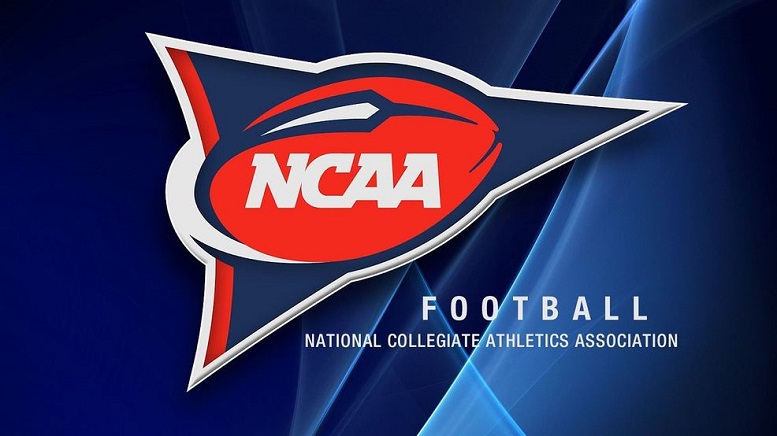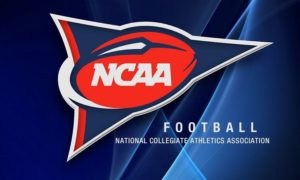While the greater emphasis in the football world has been about the NFL’s process of returning teams to practice, we can’t forget about the other major league that should be resuming play later this year: college football, the NCAA. After all, pretty much every player in the NFL came out of an NCAA college, with few exceptions.
According to the latest reports, the NCAA Division I Oversight Committee is expected on Thursday to approve a plan that begins a six-week return-to-play protocol, with Shane Lyons, the director of the committee, saying, “we’re 90 percent there”. Once this approval is given, the Division I Council would have to give final approval, which could come on June 17 the next time they meet, so a week from tomorrow.
We are already within the period in which certain schools are permitted to host voluntary workouts. Alabama, for example, already did so yesterday. The first phase of the process spans through June 25. Then there will be an 11-day window that begins the required activities. Phase three includes walkthroughs and up to 20 hours of athletic activity per week.
The preseason would be set to begin on August 7, potentially, with the college football season setting an unofficial start date of September 5.
It is pretty critical that the college football season is played. If you think that teams were working with limited information on draft prospects last year, imagine all of these players going without a senior season. Granted, they may be offered an additional year of eligibility.
But that would also result in the creation of an extremely week 2021 NFL Draft class. There would probably be very few underclassmen declaring, especially in comparison to recent years, where potentially hundreds could seek to come out.
One of the interesting things that we could see play out in college football this year is regional variety. Unlike the NFL, the NCAA is made up of a variety of sub-sections between divisions and conferences, and all of them will police themselves in different ways. Universities, as well, will have different standards—and different governmental obligations—and that could result in some teams not even playing, though of course hopefully it would not come to that.
The common link between all sports leagues right now is that they all want to just get back to doing what they do, which is play games. But they’re also trying to be smart about it, and it’s easier said than done to get everything right. That’s why careful planning is taking place now, while also trying to account for the unknowable.




